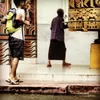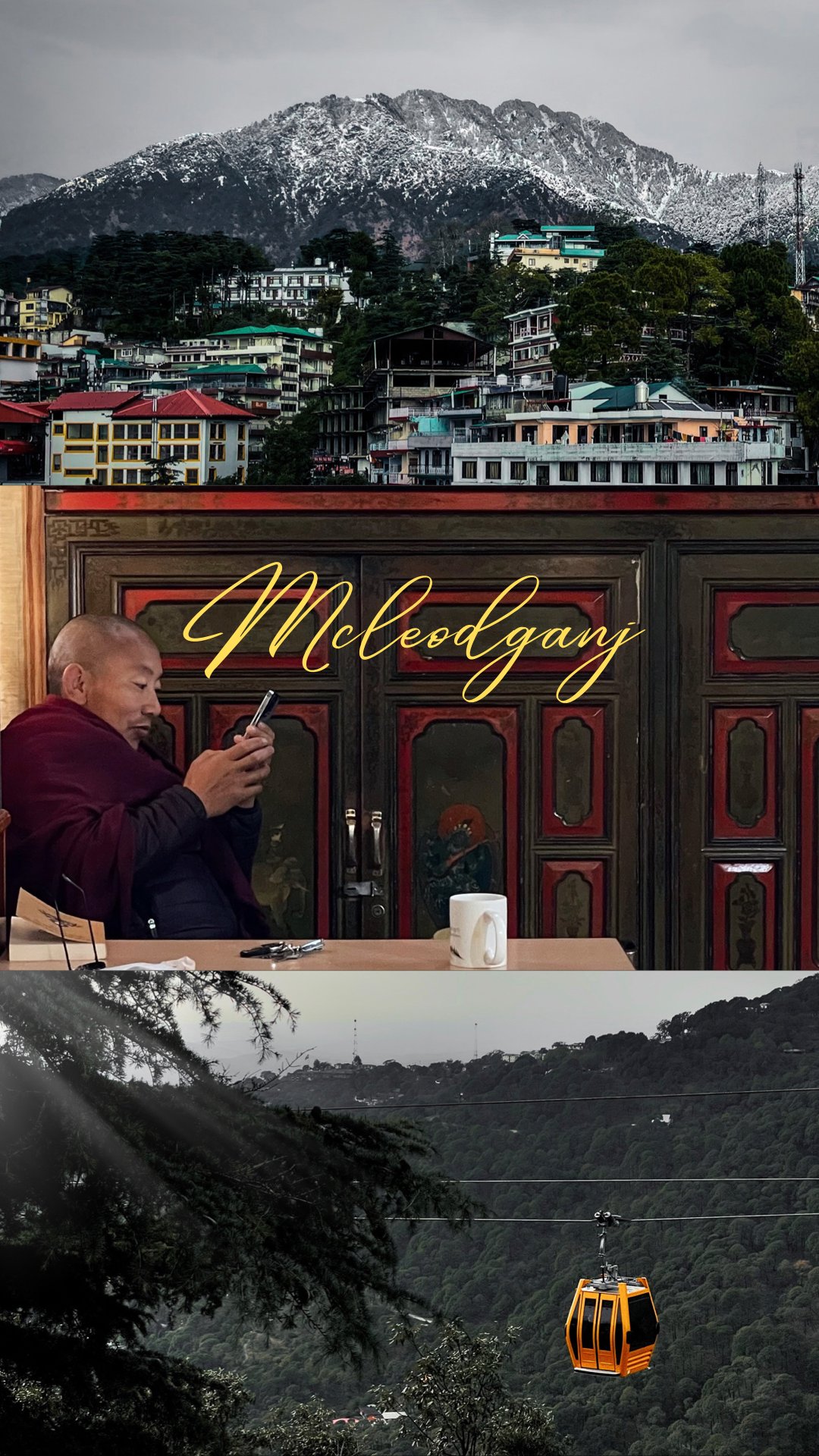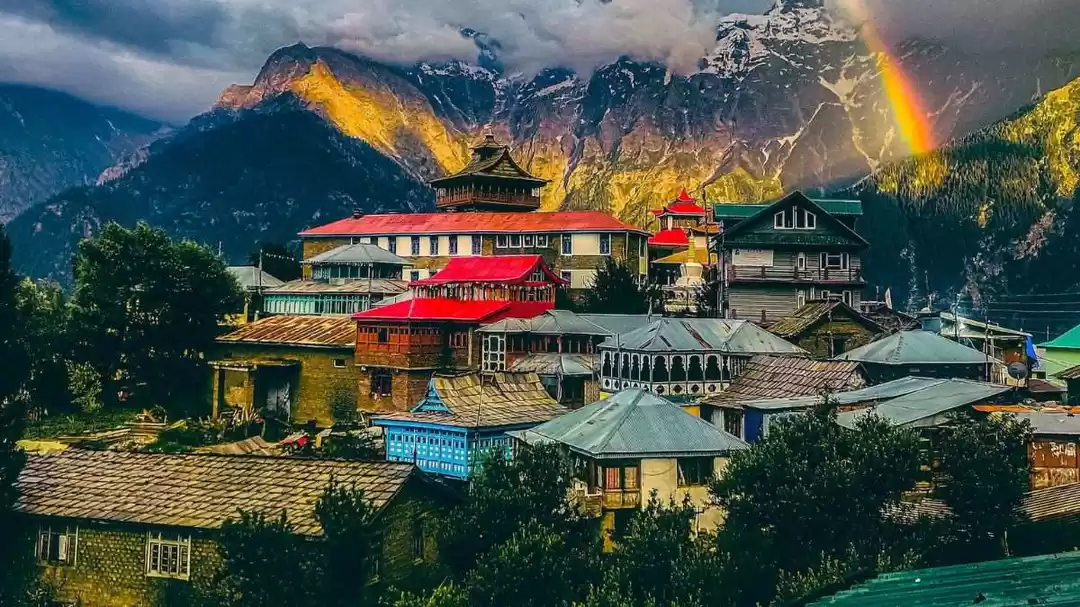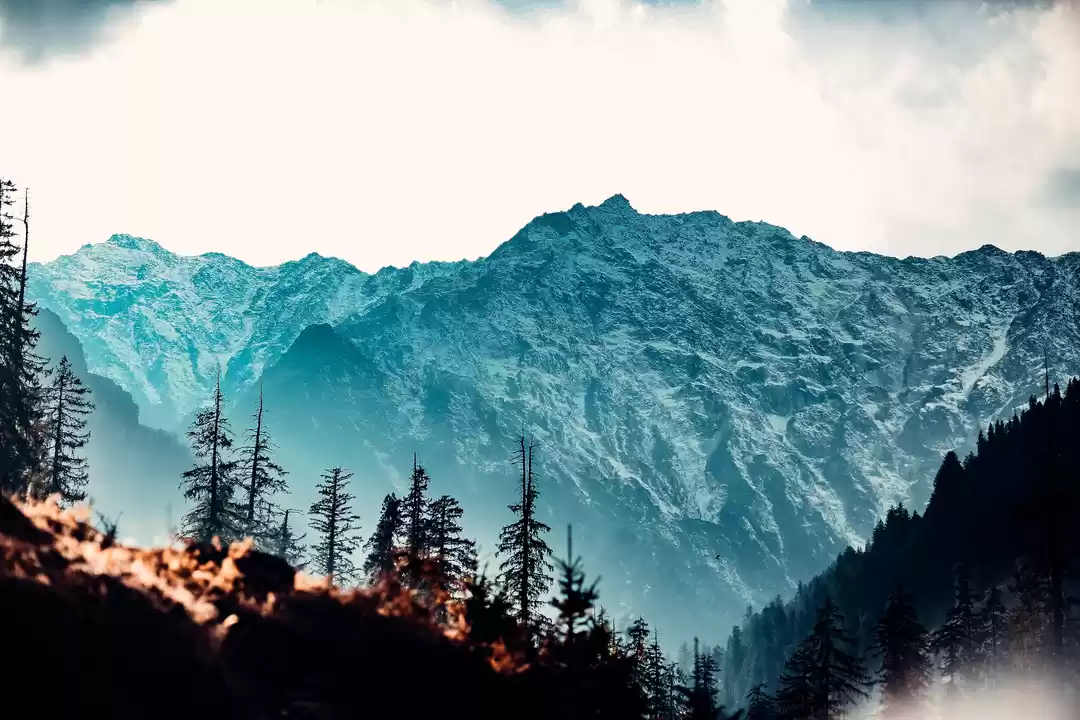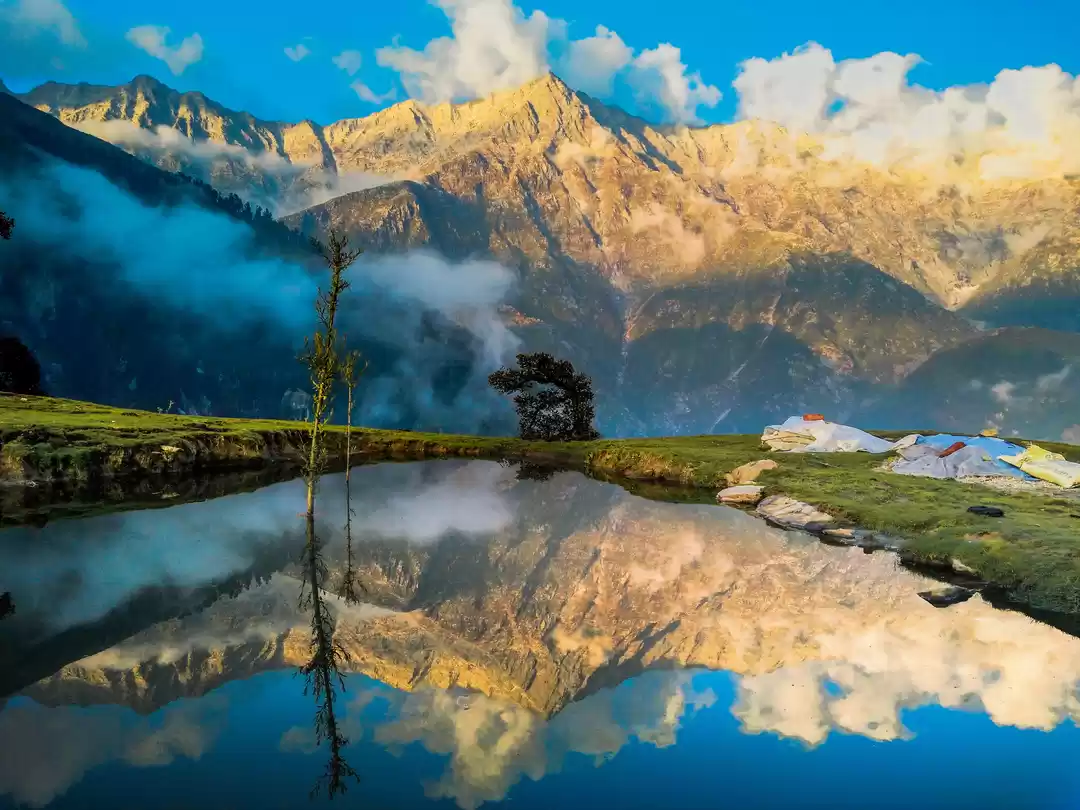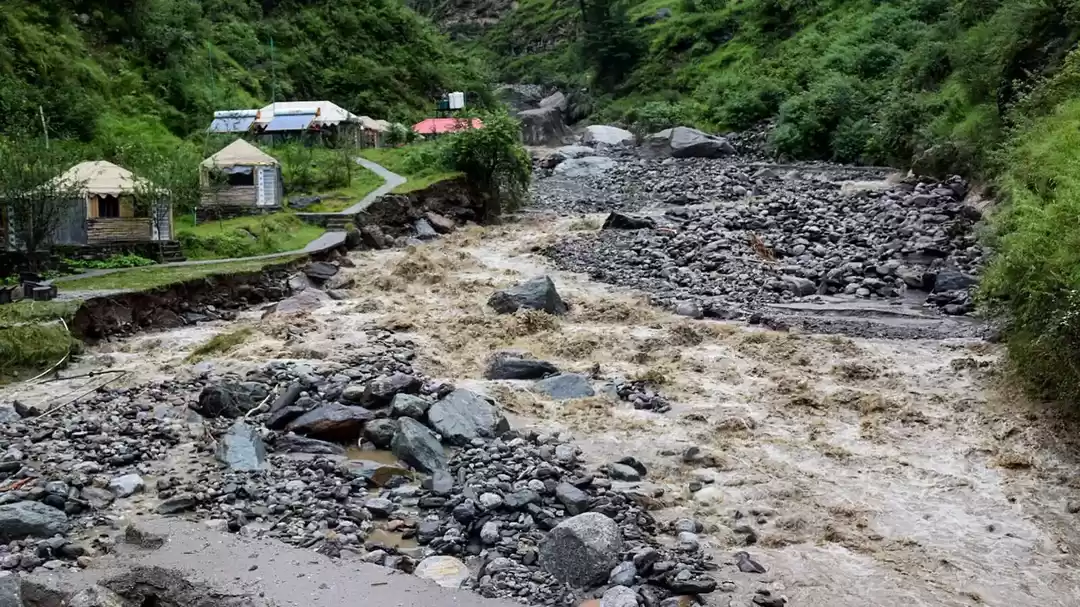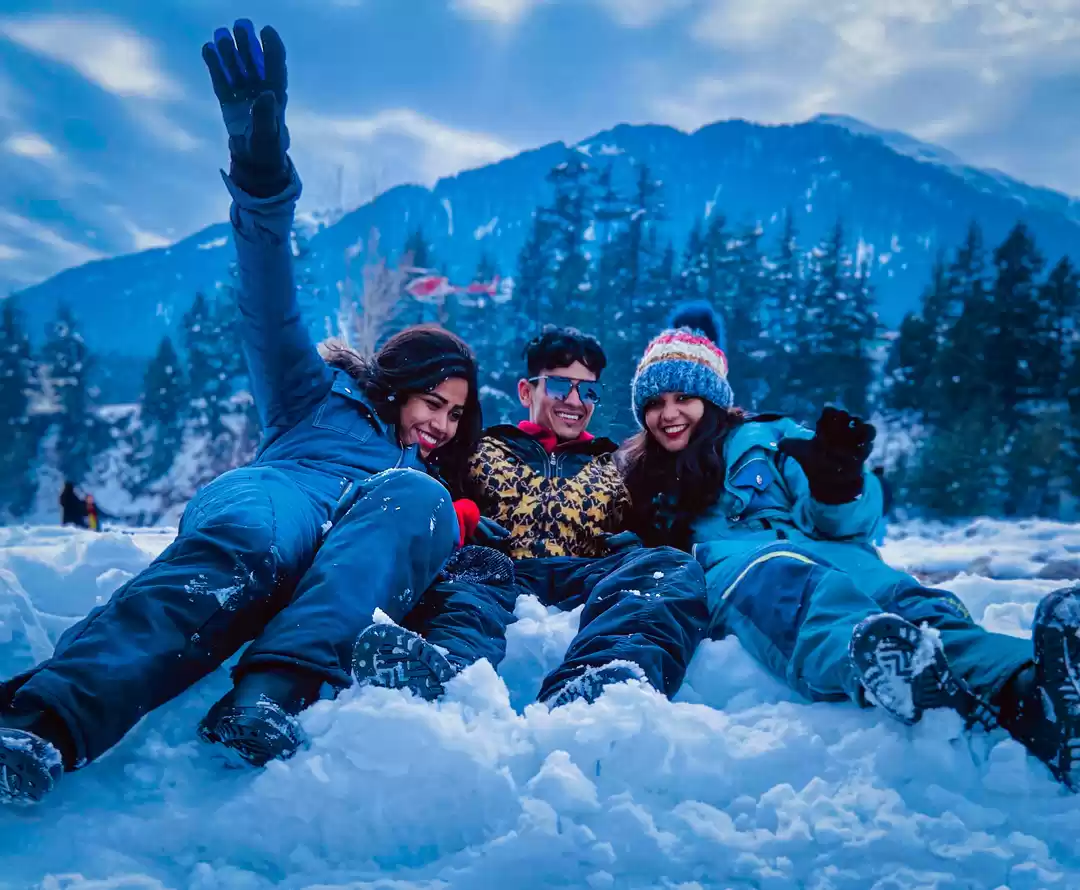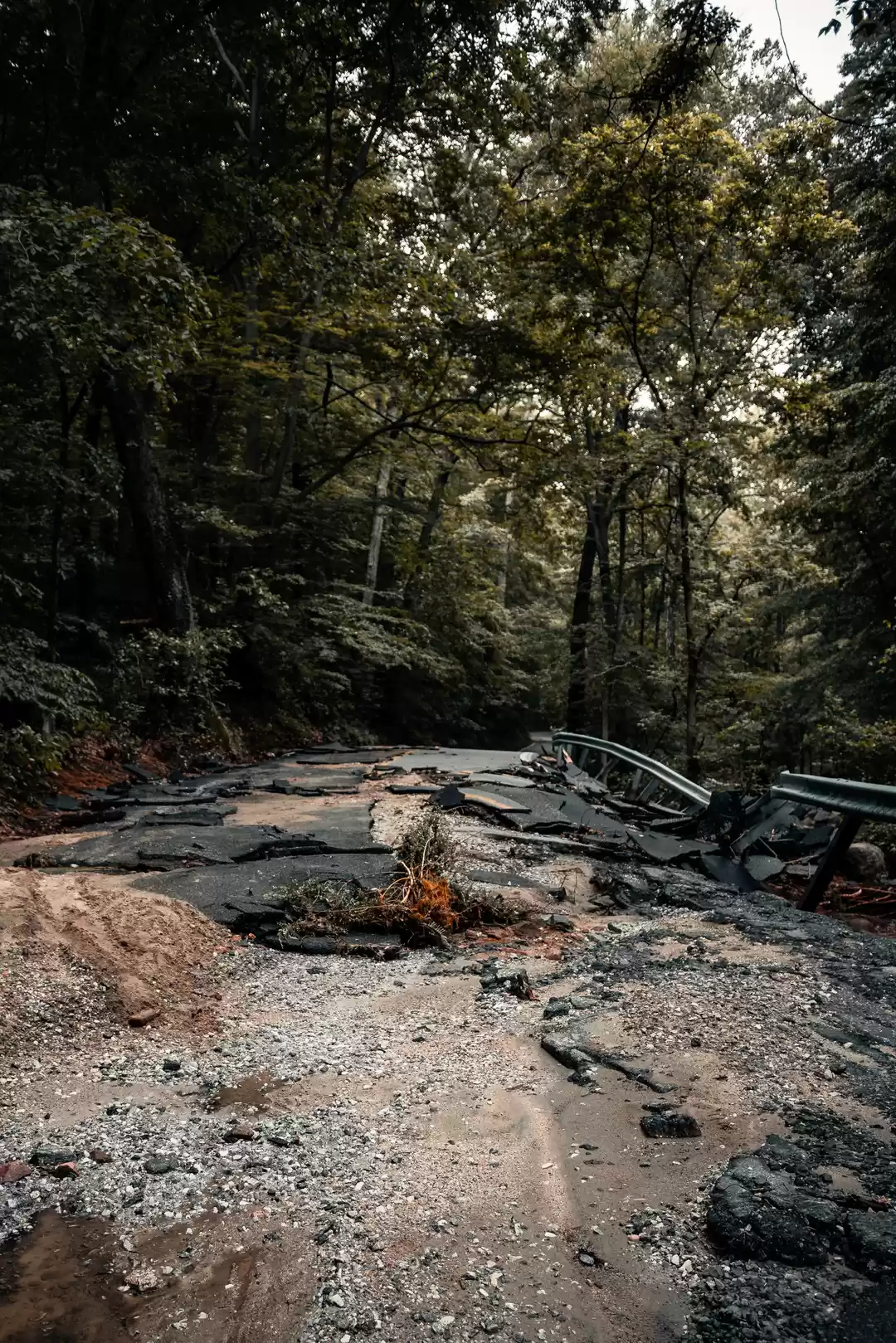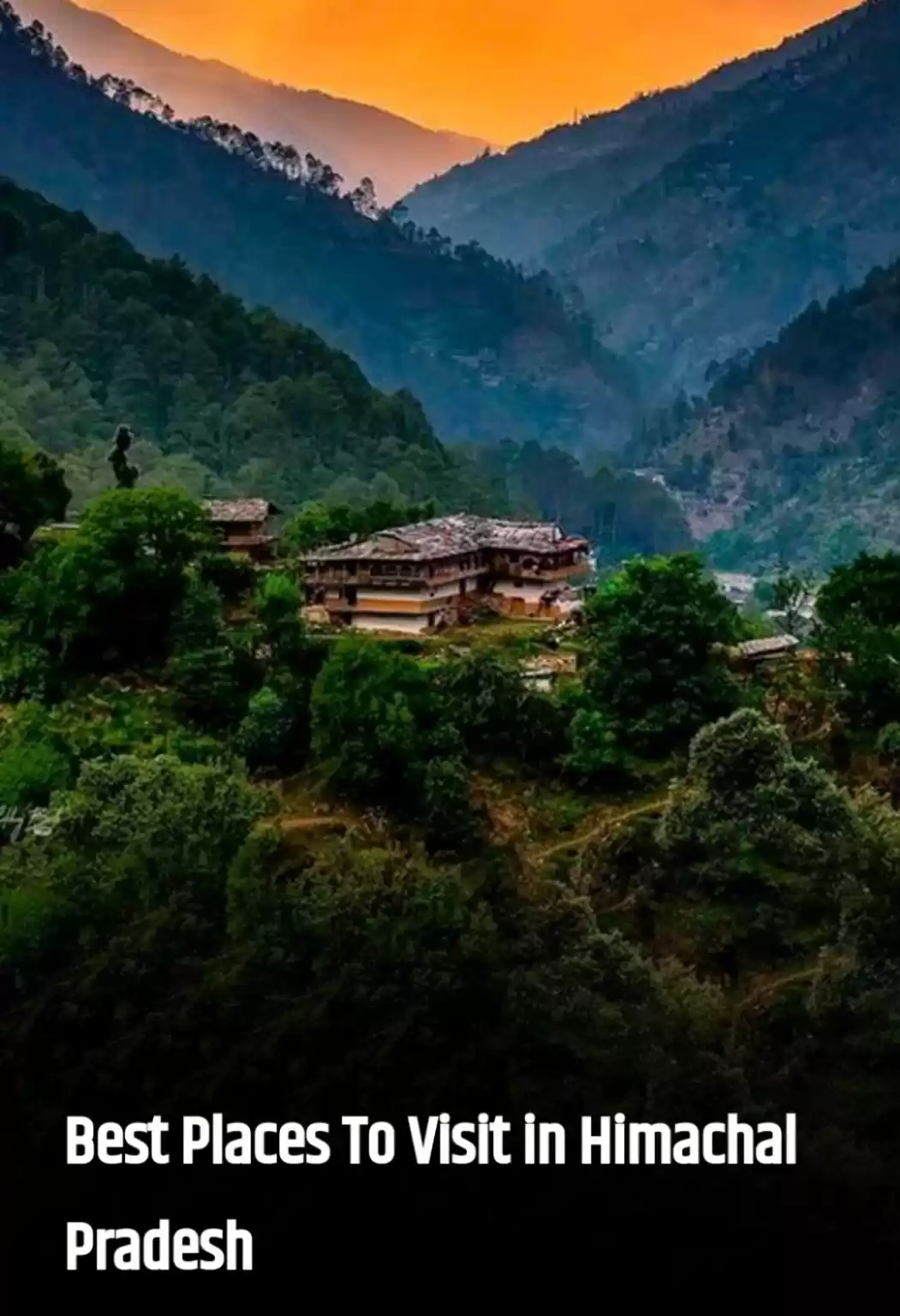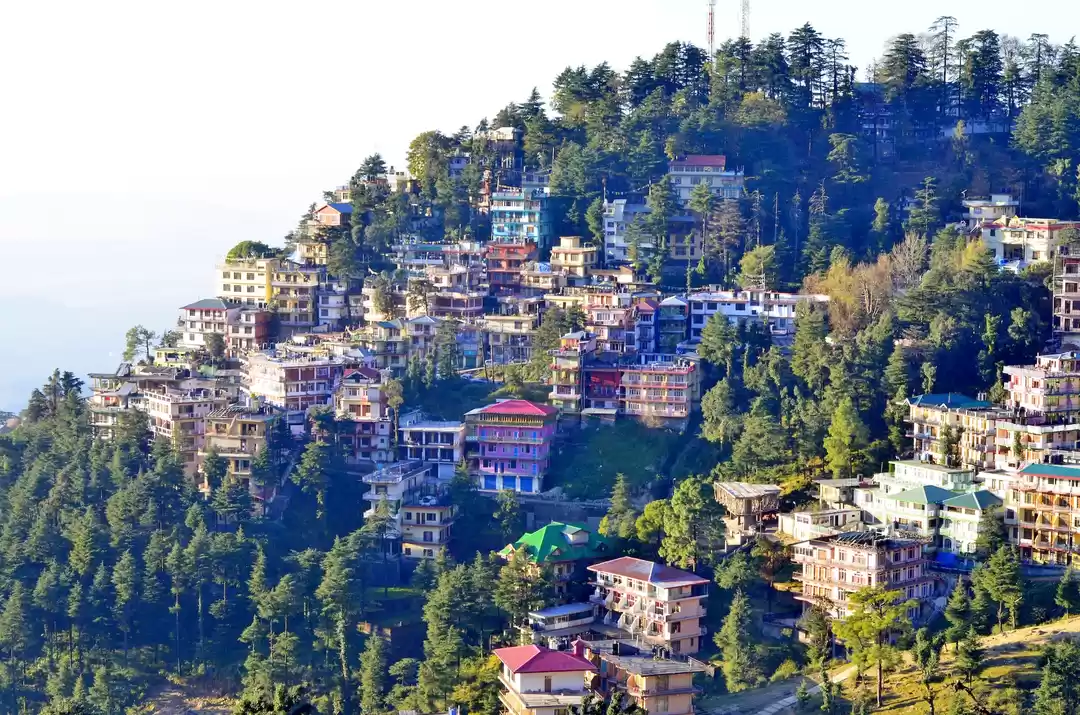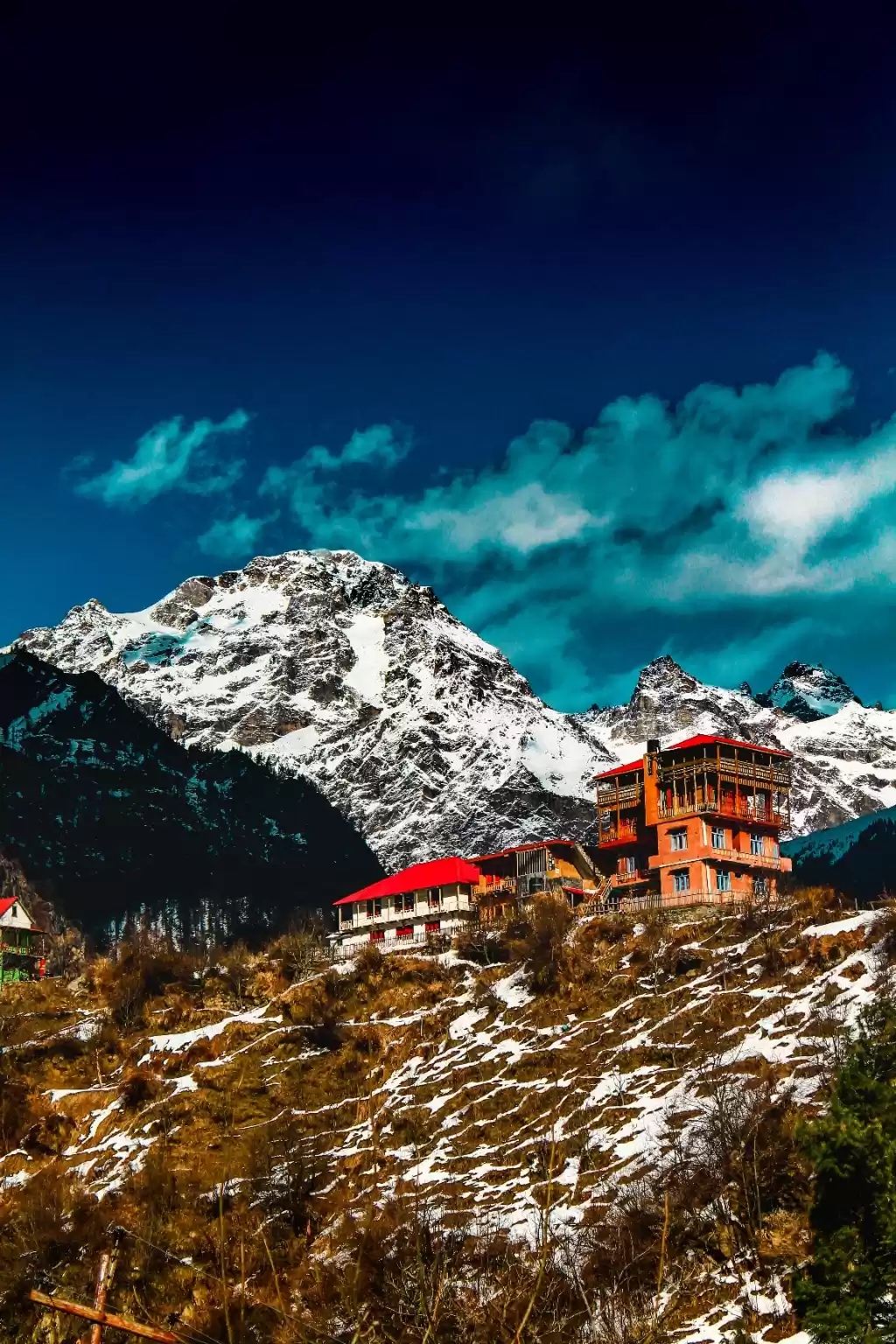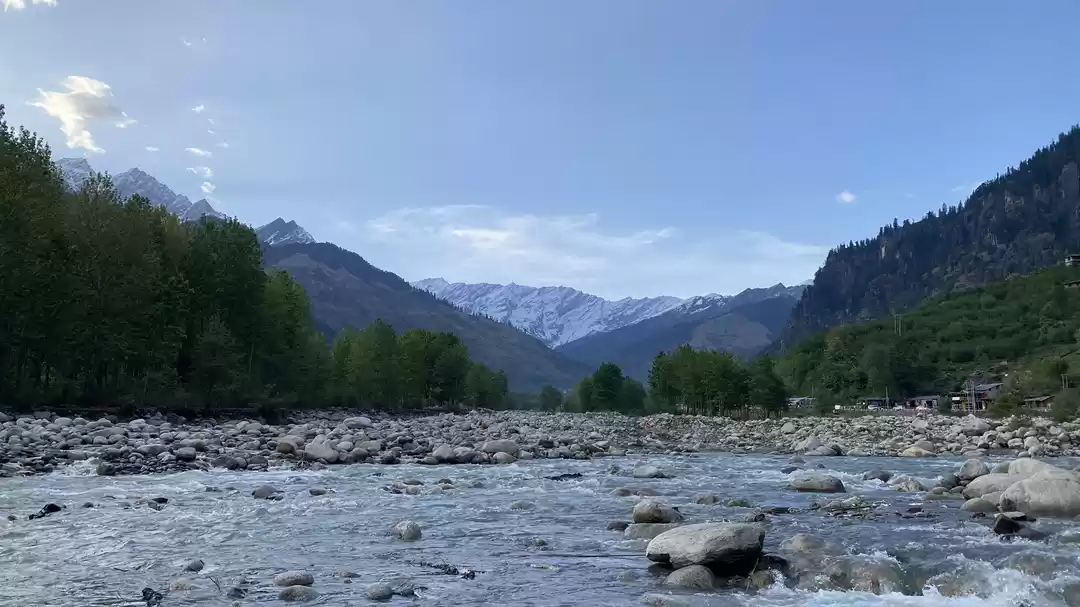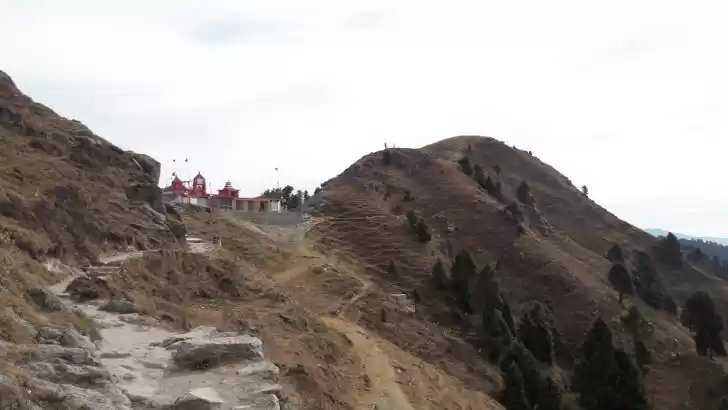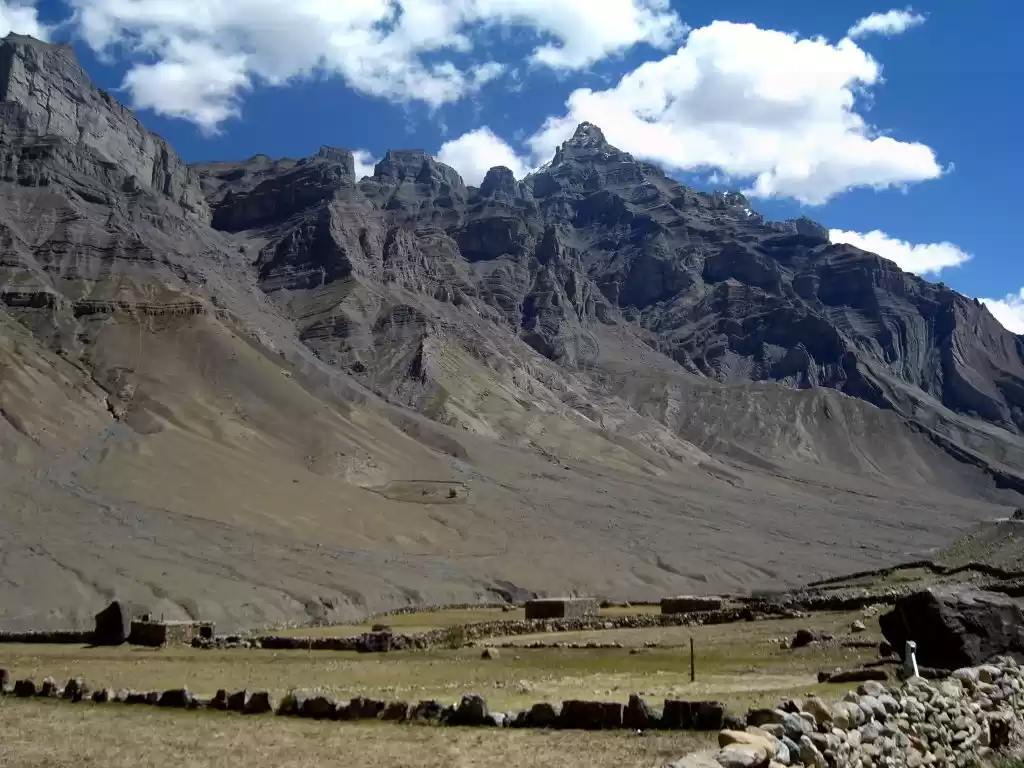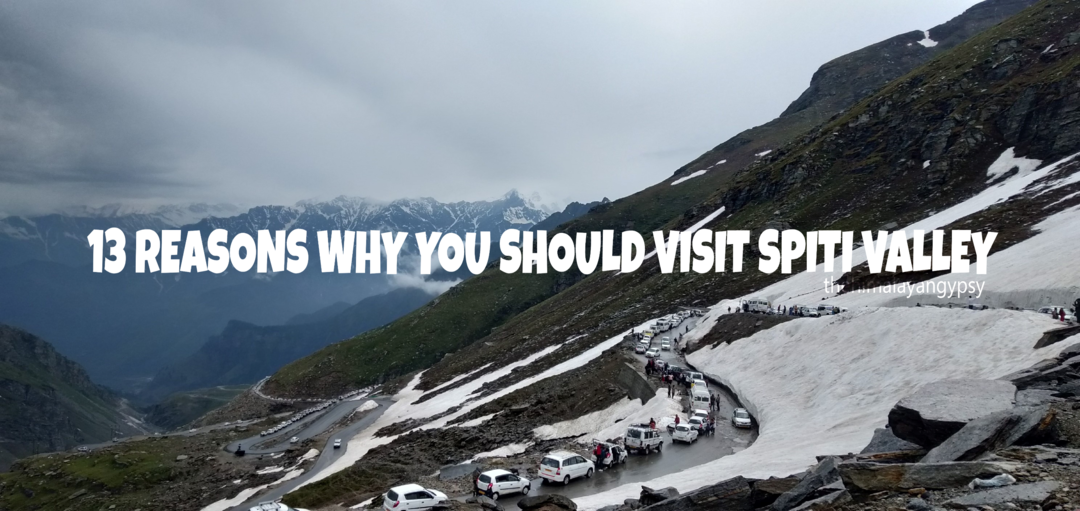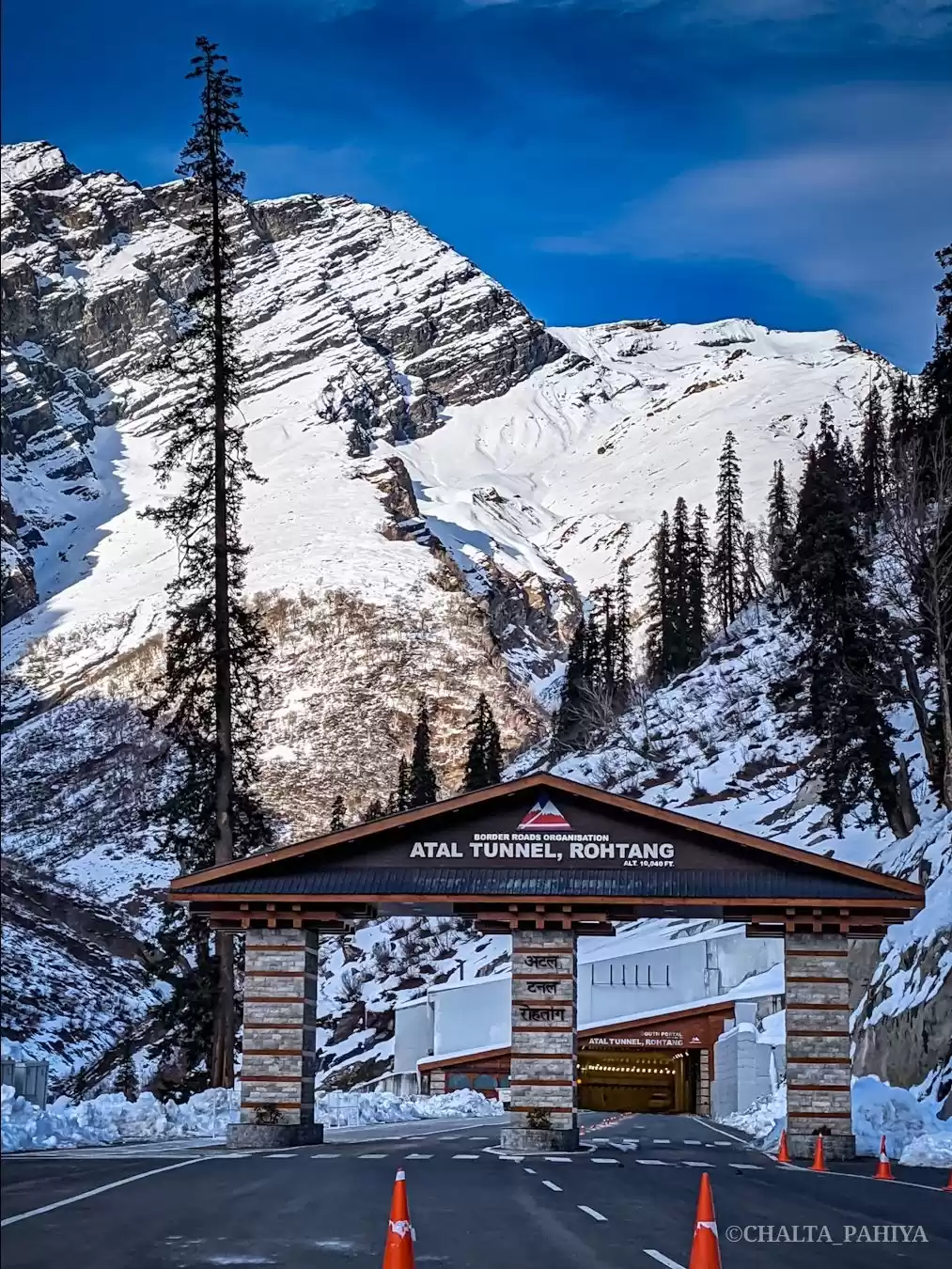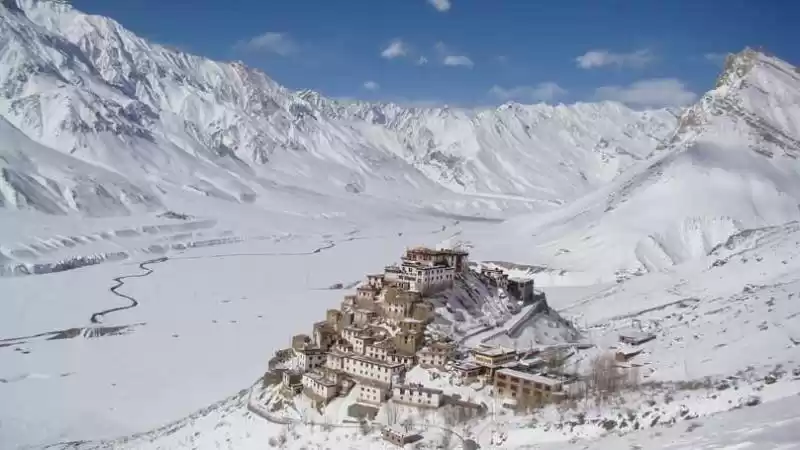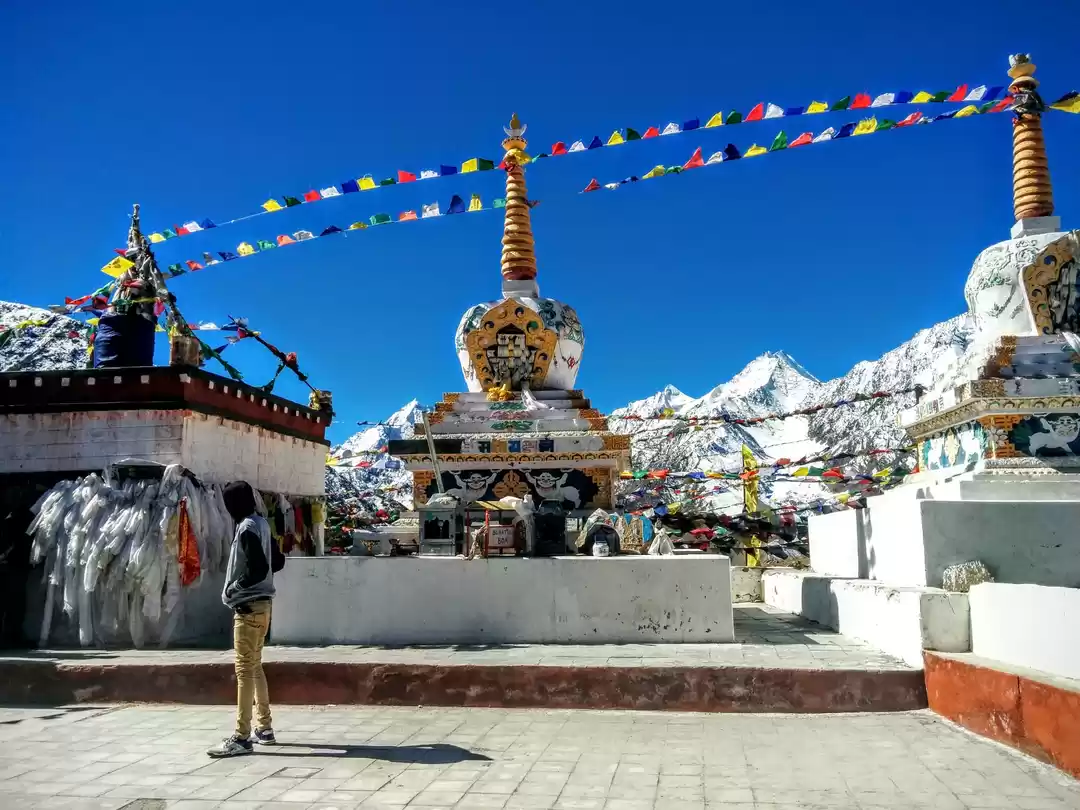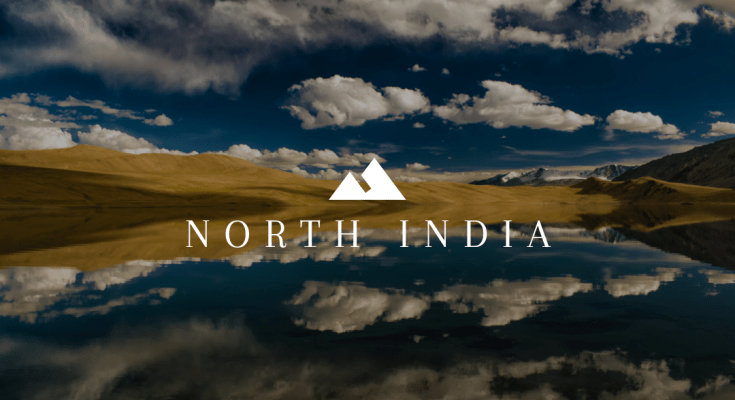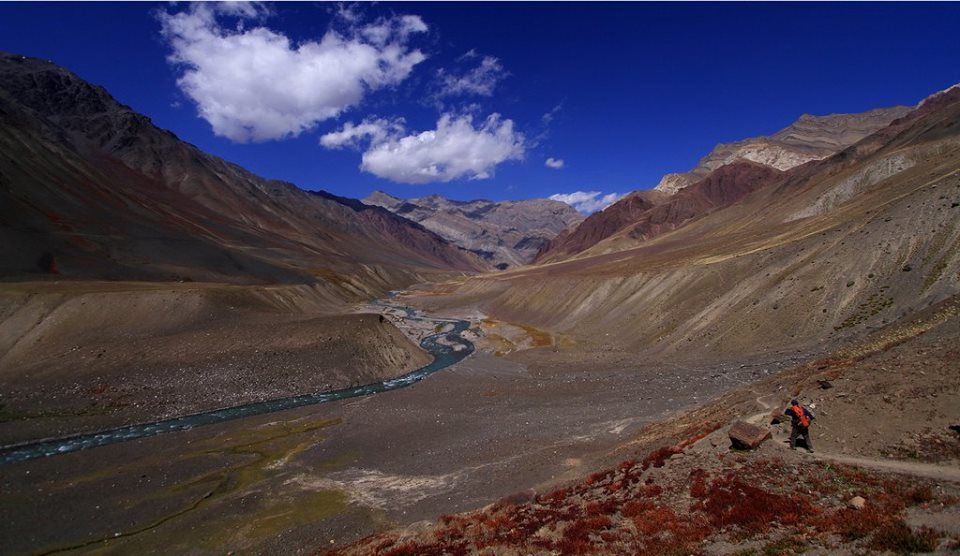
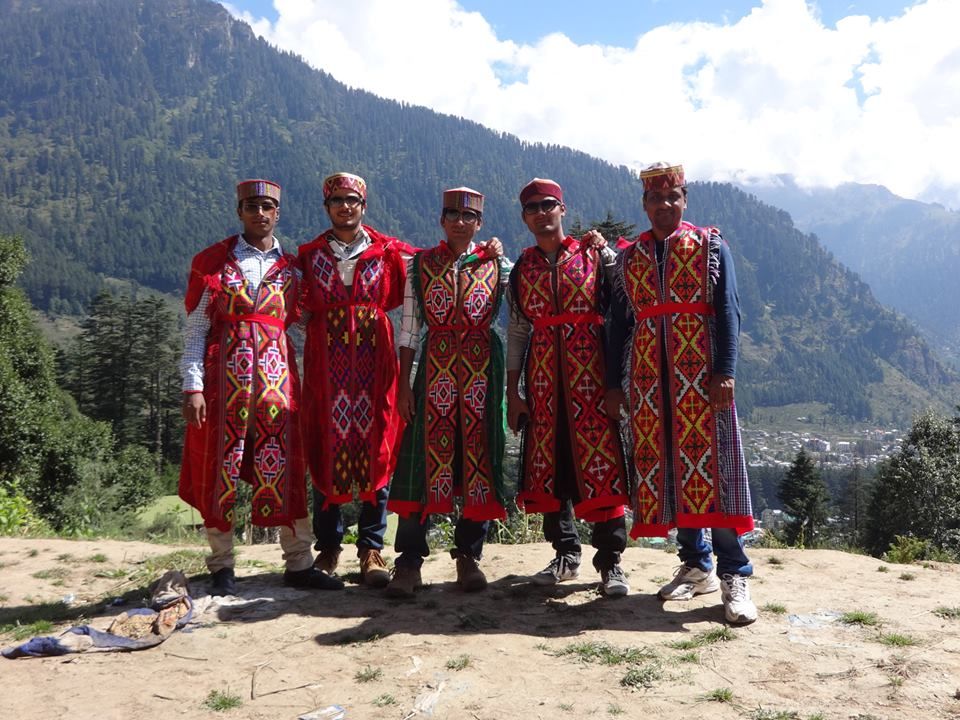
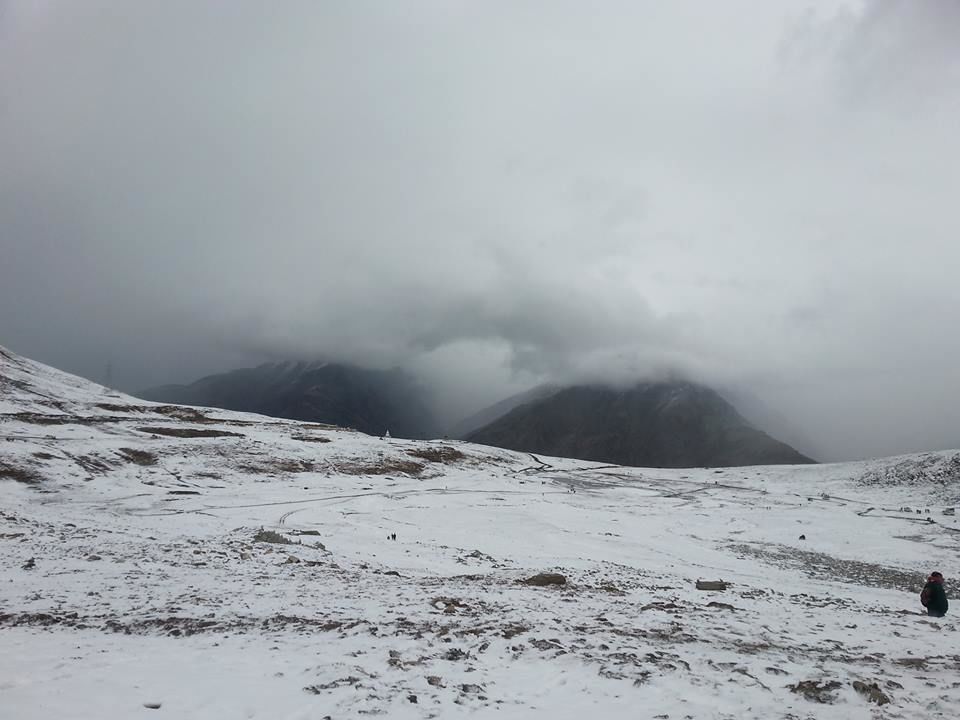
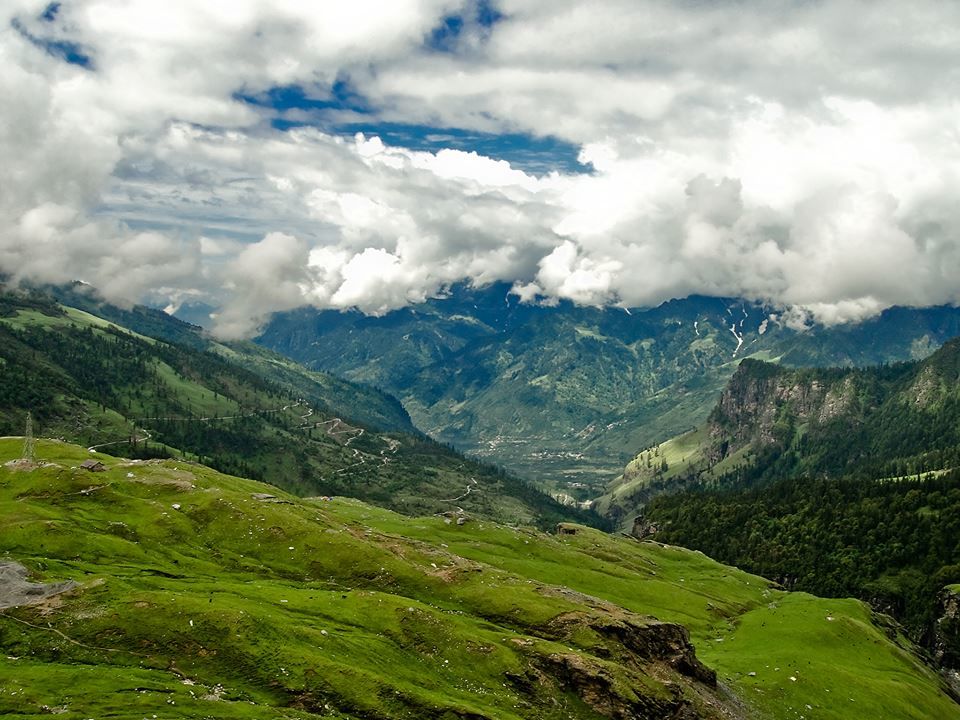
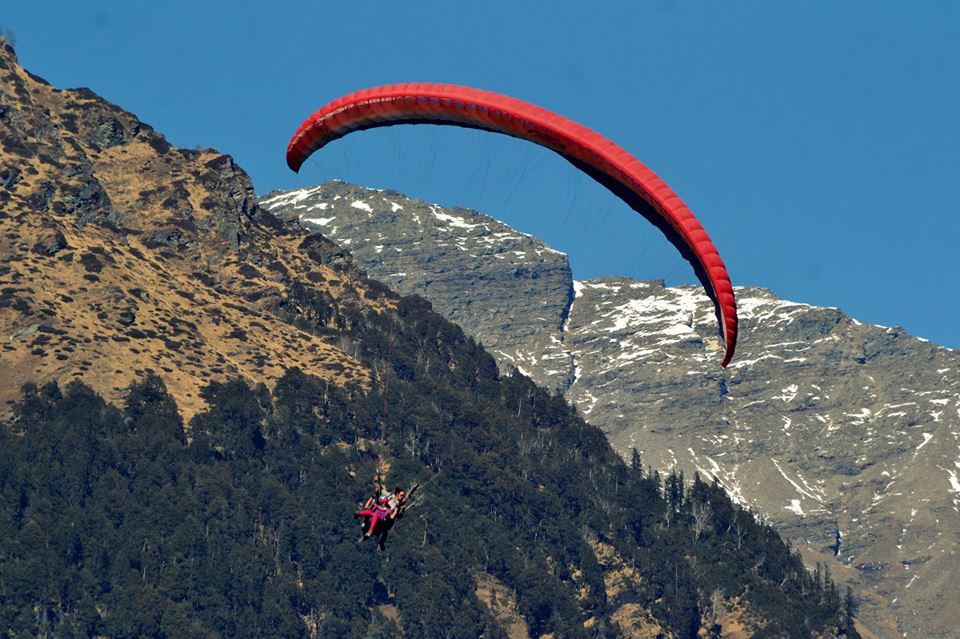
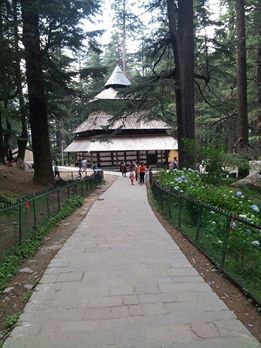
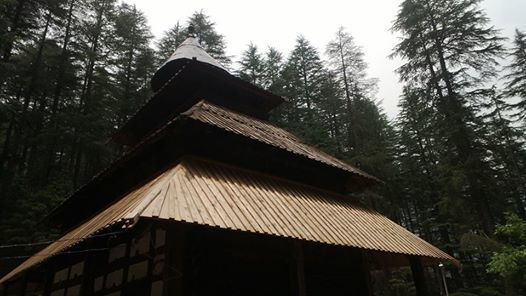
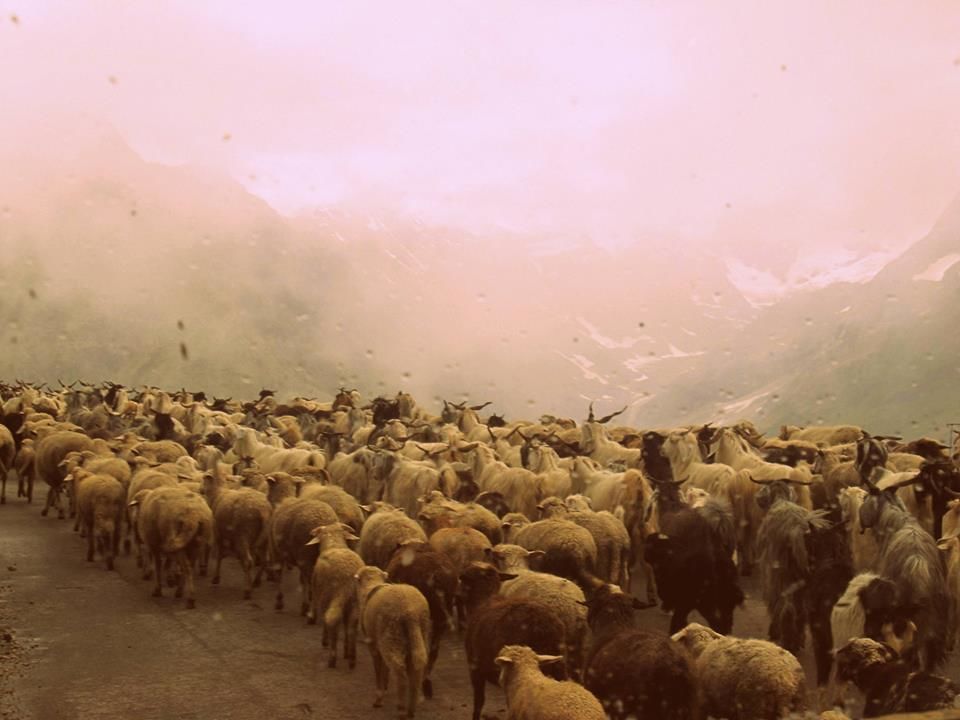
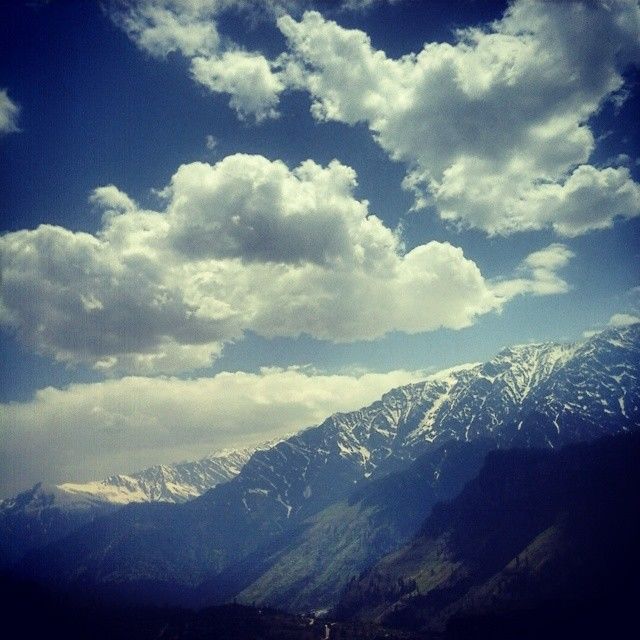
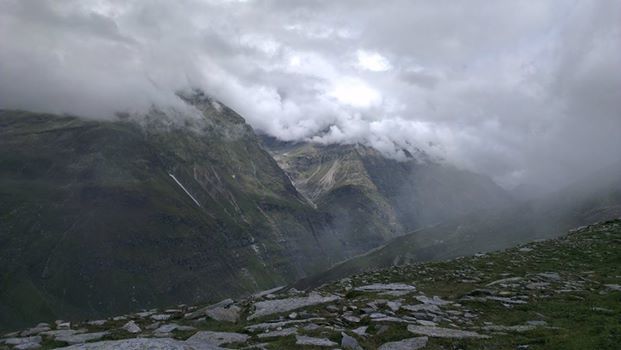
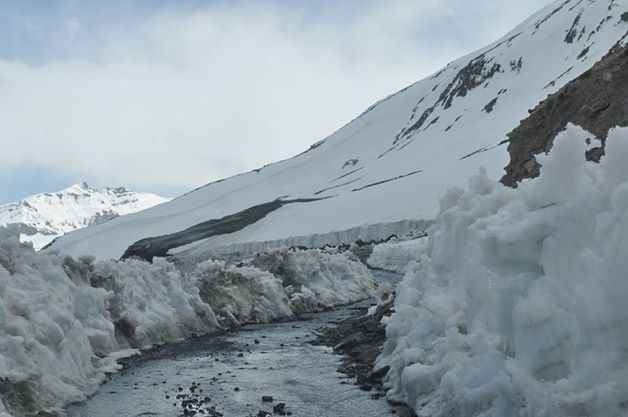
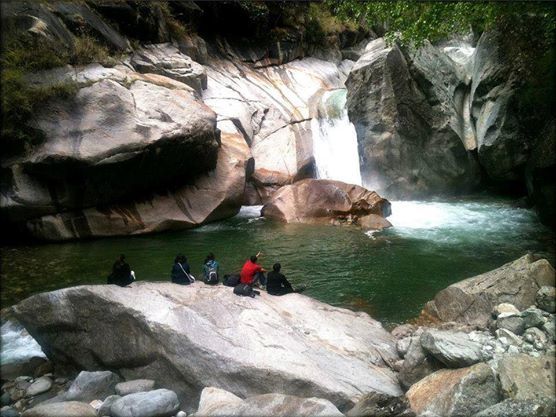
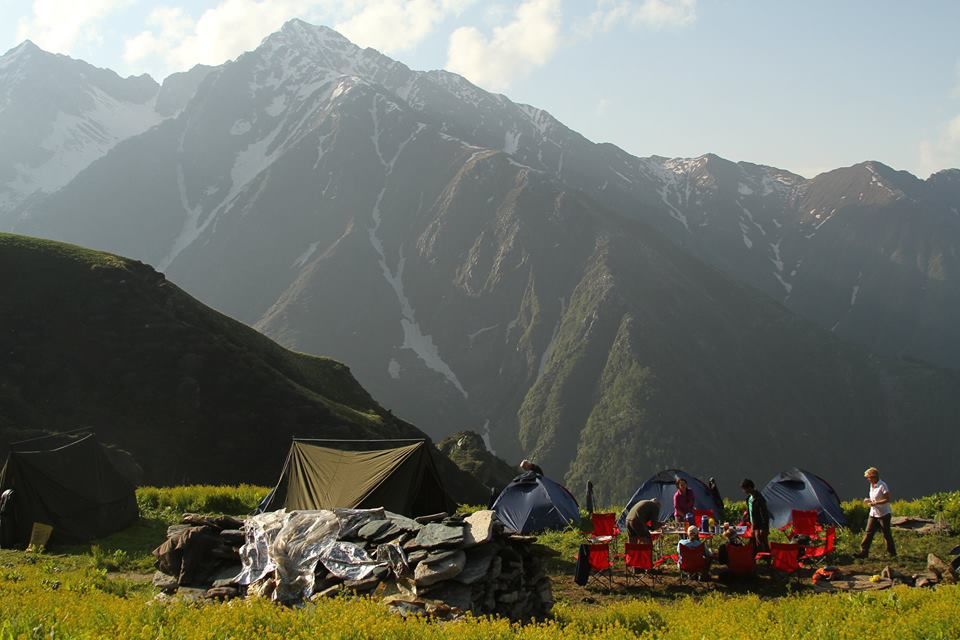
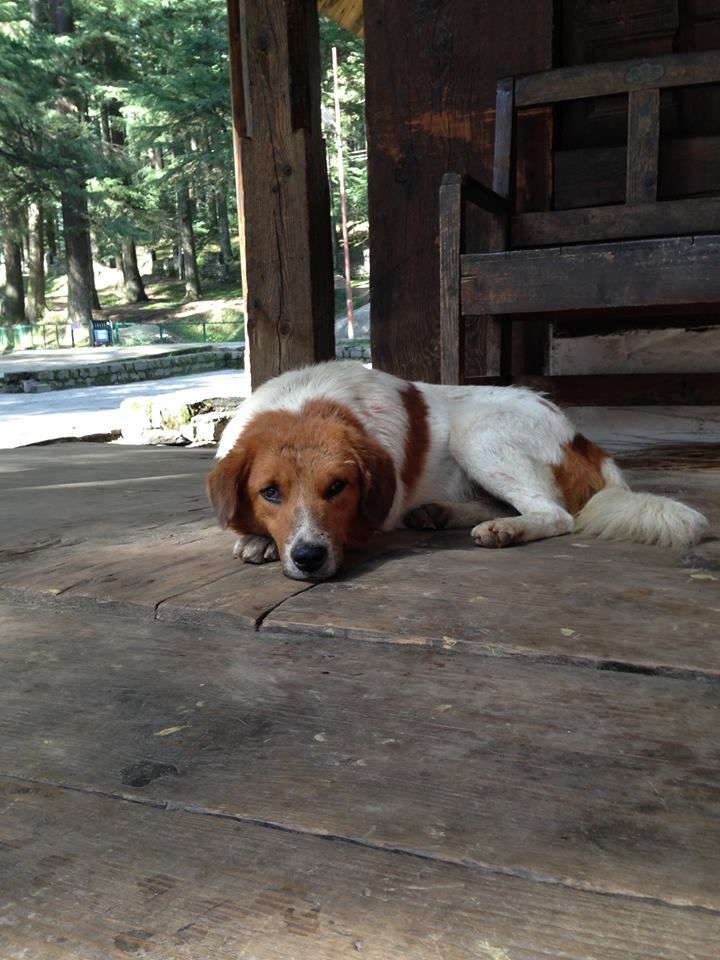
Manali would top my list for the best hill station in India and can even convince a beach house resident from Miami to migrate.
Unparalleled beauty, adventure sports and a paradise for hiking allure tourists throughout the year in this hill station nestled in the mountains of Himachal Pradesh.It’s enclosed by lush inexperienced forests of true cedar and snow capped mountains soaring around with its proximity to the snowline as a major plus. Otherwise also known as the Switzerland of India, Manali is also a land of many old temples where the tourists visit to seek the blessing as they enjoy their tours in the Manali.
Seated amiably in the cradle of the Himalayas at a height of 2050 meters, the town is famous for its temples and annual Dussehra festival. Manali tourism lets you savor a breathtaking landscape with real joy and fun as well as adrenaline activities. The city of Manali consists of a mixed population of educated elite. But, there are many indigenous tribes present in and around Manali. Most of the local indigenous inhabitants of Manali belong to aboriginal tribal community of Kinnaur. And climate here remains pleasant through the day and cold during night.
Eyes to witness and a DSLR to store is all you need.
Caution! It is not particularly high or difficult to cross on foot by Himalayan standards, but it has a well-deserved reputation for being dangerous because of unpredictable snowstorms and blizzards.It is a gateway to Lahaul Spiti, Pangi and Leh valley just as Zojila pass is a gatway to Ladakh. There are a beautiful sight of glaciers, peaks and Chandra river flows down in the Lahaul valley. Slightly to the left are the twin peaks of the Geypan. During summer(mid June to October) regular buses ply between Manali-Keylong/Darcha, Udaipur, Spiti and Leh. Rohtang Pass is best visitable between May/June to October/November. In May, Rohtang becomes a place for nature enthusiasts and adventure seekers. The snow-covered mountains provide the perfect opportunity to go skiing and snow scooter riding. Take your family to this wonderful place and enjoy some quality time together.

Give your adventure a boosted start by enjoying a unique stay at the bunkers constructed by the Forest Department during your visit to the park.The Pin Valley National Park is located in the coarse and rocky Spiti region of Himachal Pradesh. It covers a large area of the Lahul Spiti region in the northern part of Himachal Pradesh. The place is bit dry with lesser vegetation growth. However, you can also find a wide spread of Alpine Forests in this region. his beautiful tourist destination is home to National Park in the rugged Himalayan terrains is the home to many Snow Leopards. You can also find some rare birds like Himalayan Snowcock, Chukor, Snow Partridge and the Tibet Snow Finch in the Pin Valley National Park. The nearby place are dominated by the influence of Tibetan culture.

An ancient cave temple dedicated to Hadimba Devi, sister of Hidimb, who was a character in the Indian epic, Mahabharata. The temple is surrounded by a cedar forest at the foot of the Himalayas. The Hadimba Devi Temple has intricately carved wooden doors and a 24 meters tall wooden “shikhar” or tower above the sanctuary. The tower consists of three square roofs covered with timber tiles and a fourth brass cone-shaped roof at the top. The earth goddess Durga forms the theme of the main door carvings. The temple is also known for a fair held every year in Hindi month of Sravan in the memory of Raja Bahadur Singh, who built the temple.

A pleasant detour.The unique ecological aspects of the Western Himalaya led to the creation of the Great Himalayan National Park (GHNP) in the Kullu district of India's mountain state of Himachal Pradesh. These features include biodiversity, sparse human populations, inaccessibility, little tourism, and a local economy based on traditional livelihoods. The GHNP provides a home to 180 species of birds and rare mammals, such as black bears, brown bears, musk deer and the ever-elusive snow leopard. As well as conserving wildlife, the park runs programmes that provide a sustainable living for people living on the periphery of the conservation area.

Frequent Searches Leading To This Page:-
manali tour package for couple, kullu manali holiday package from delhi, shimla manali tour package for couple, delhi to manali tour package for family

